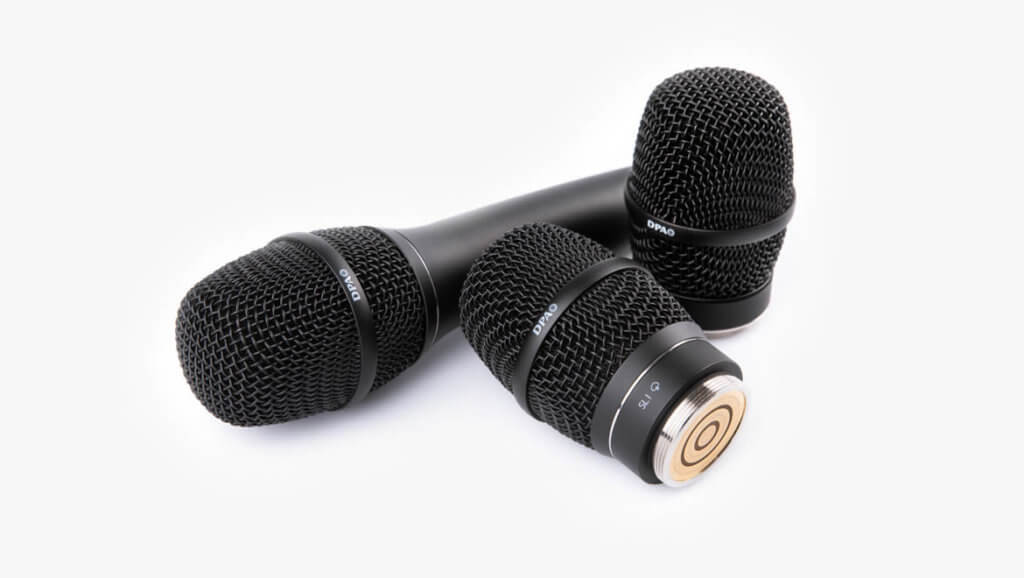Vocalists usually don’t dwell on microphones like a guitarist would over pedals, pickups and other items. But, considering the purest path is the best sounding, a mic that doesn’t get in the way sonically for a vocalist makes sense, and yet often seems to get dismissed. DPA’s 2028 offers up clean and accurate vocal reproduction for a variety of vocal approaches, both on stage in studio.
DPA microphones are extremely well made and robust, and considering some singers can really abuse a microphone physically, the extra effort that DPA used in designing this model will pay off — this isn’t a dainty piece. The capsule is a supercardioid type, with a max SPL of 160 dB, meaning it can handle some serious input.
Trying various approaches with this mic yielded some very interesting results. Mic technique can really color a performance (for example, cupping and beatboxing) and in a lot of cases, certain mics can favor certain approaches while not getting along with others. The 2028 however, seemed to be able to adapt to a variety of vocal approaches equally well, and was extremely consistent.
Fidelity wise, DPA states it’s a 1:1 vocal reproduction, and after putting the mic through its paces, it certainly backs up that claim nicely. There is plenty of natural response and clarity, and the isolation keeps other sound sources at bay nicely. Power-wise it’s quite present as well, with nuanced performance that features the right presence and dynamics — really a step up if you’re upgrading from the entry-level offerings on the market. This kind of clarity and fidelity also comes into play when pairing a mic with a wireless unit, and gives the user the choice of mic voicing that doesn’t mess or contradict a wireless unit’s response.
Overall, regardless of vocal style, the 2028 really delivers. For serious vocalists who are relying on in-ear monitors, clarity and definition are a concern right from the start, and it starts with the microphone. For some vocalists the price tag might be a sticking point, but considering it’s the first thing your voice hits in the signal chain, a high-quality mic isn’t a bad investment, and having one that doesn’t color the response is worth every penny.
If you’ve been using house mics for your live gigs in the past, perhaps it’s time for a re-think. Kudos to DPA, as well, for making wireless capsules for most of the handheld systems on the market, making the transition away from house mics even more attractive.
PROS:
works great for a variety of vocal approaches and styles, excellent articulation
CONS:
none
STREET PRICE:
$599
